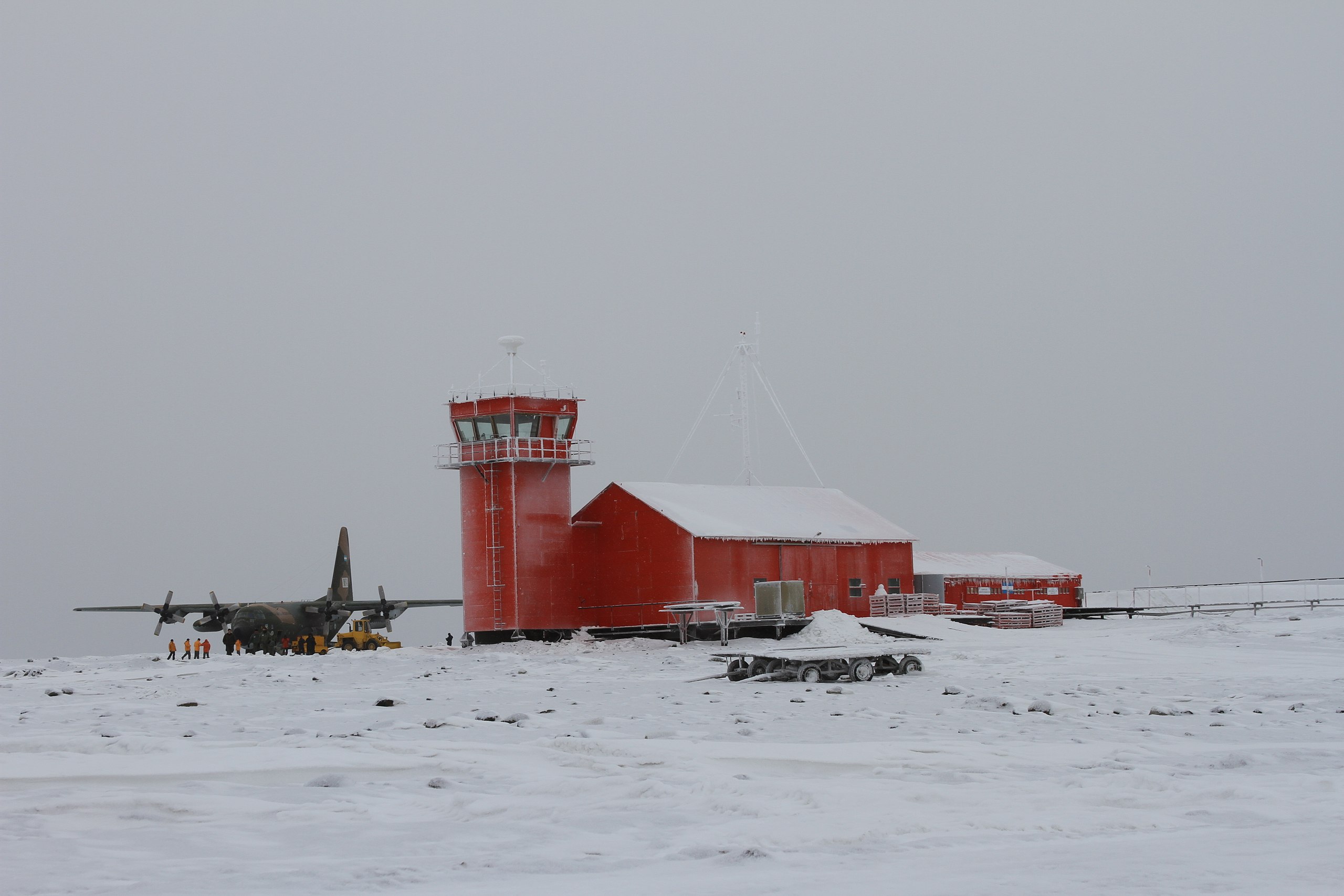Summary of: Submarine Accumulations of Methane Hydrates in Adjacences of Marambio Island (Seymour Island), Antarctica and Its Probable Environmental Incident, by Alvaro Sánchez Granel et al
At a Glance
- Rising seawater temperatures in Antarctica have been found to be connected to the release of methane gas from the seabed near Marambio Island and the Weddell Sea.
- The presence of methane hydrates, crystalline structures that trap methane gas, has been inferred through seismic studies in the study area.
- The increase in seawater temperature since 1999 has been linked to the destabilization of methane hydrate accumulations formed during the last glacial maximum.
- Due to their potent greenhouse effect, Methane emissions have significant implications for global warming and climate change.
- Further research and monitoring are needed in the Antarctic region to better understand climate change’s impact on methane emissions and develop sustainable solutions.

Scientists have made a remarkable discovery in Antarctica, uncovering a surprising connection between rising seawater temperatures and the release of methane gas. This groundbreaking study, published in the Modern Sciences Journal, provides valuable insights into the complex relationship between climate change and greenhouse gas emissions in the Antarctic region.
The research focuses on the correlation between seawater temperature increase and the release of methane gas from the seabed near Marambio Island and the extreme northwest of the Weddell Sea. Methane hydrates, crystalline structures that trap methane gas, were found to be present in the study area, inferred through seismic studies.

One of the most intriguing findings of the study is the observed increase in seawater temperature starting in 1999, which coincided with the decline in rapid climate warming of the 20th century. This temperature rise has been linked to the release of methane gas from the marine substrate near Marambio Island. The researchers propose that the heat transferred from the sea to the substrate, now flooded, has destabilized the hydrate accumulations formed during the last glacial maximum.
The release of methane gas is of great concern due to its potent greenhouse effect, contributing to global warming and climate change. The study highlights the need for further research and monitoring in the Antarctic region better to understand climate change’s impact on methane emissions.

As we continue to grapple with the challenges of climate change, studies like this provide valuable insights into the interconnectedness of Earth’s systems. The research team behind this study plans to investigate specific temperature ranges further and explore cost-effective alternatives to the expensive elements used in the engineered material.
This study serves as a reminder of the urgent need to address climate change and its consequences. By deepening our understanding of the intricate relationship between temperature, methane emissions, and the environment, we can work towards developing sustainable solutions to mitigate the effects of global warming and preserve our planet for future generations.
Link to the article: https://doi.org/10.57184/msj.v12i2.35

Insights From the Lab is the newest initiative from Modern Sciences, which aims to shift the spotlight from research back to the scientists and academics who make it happen. Read further to learn about the minds and hearts behind cutting-edge research in the sciences, technology, engineering, and mathematics and how it impacts your world today or your future.
References
- Sánchez Granel, A., & del Valle, R. A. (2023). Submarine Accumulations of Methane Hydrates in Adjacences of Marambio Island (Seymour Island), Antarctica and Its Probable Environmental Incident. Modern Sciences Journal, 12(2). https://doi.org/10.57184/msj.v12i2.35











